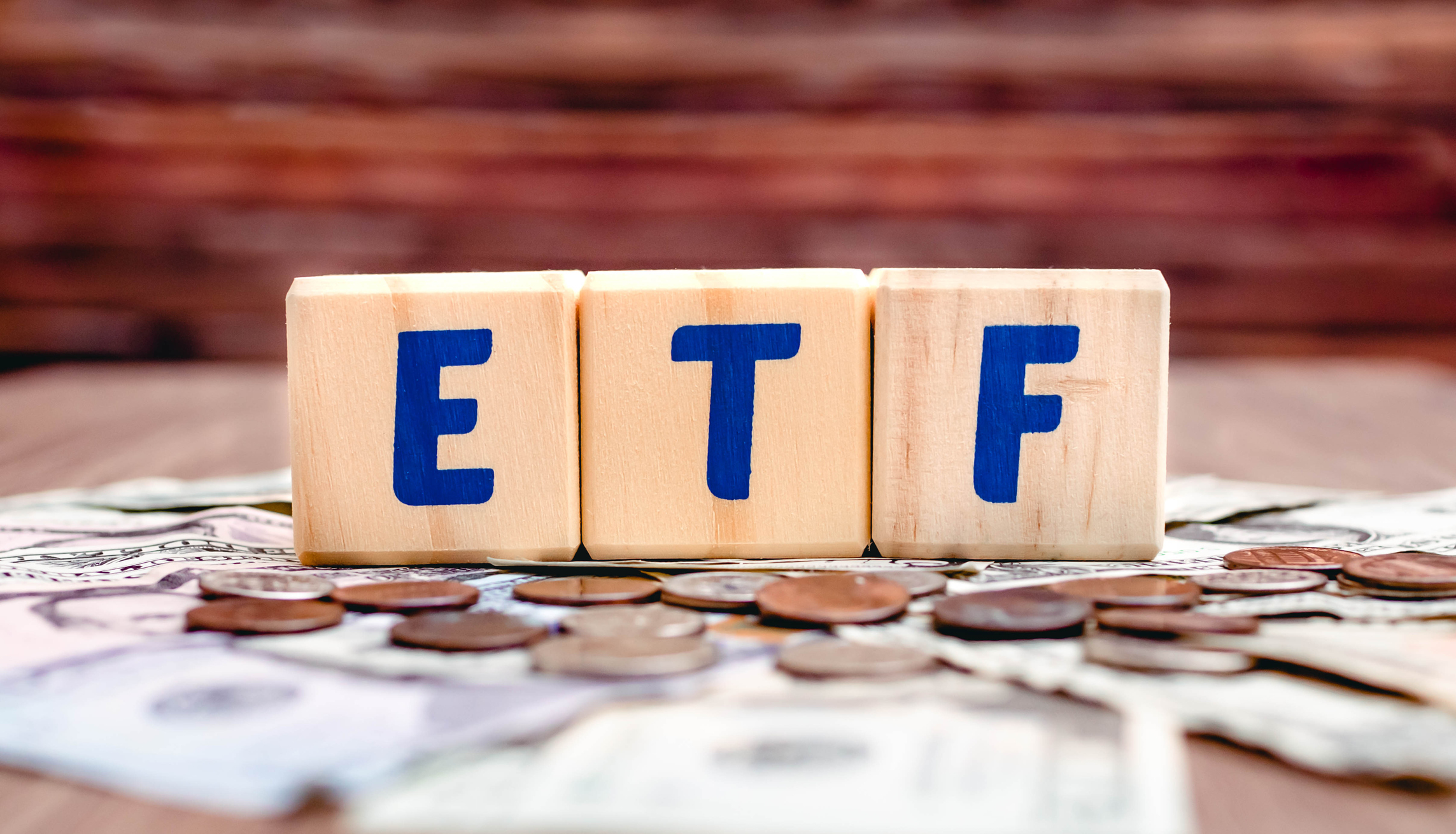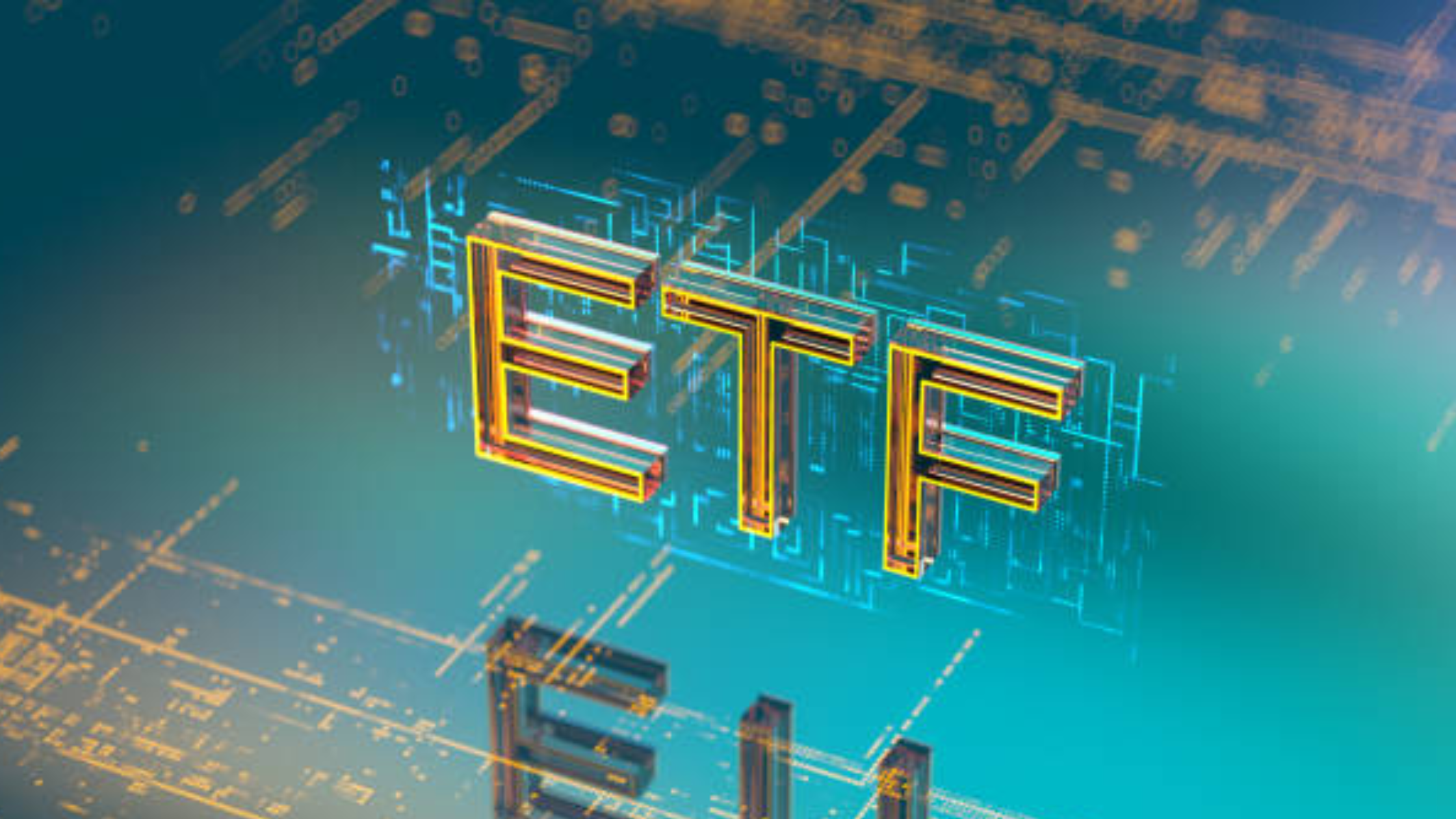2 Low-Cost ETFs Any Investor Can Buy and Hold
June 3, 2021

When we talk about instantly diversifying our portfolio when investing, it’s natural to look towards exchange-traded funds (ETFs) as the best way to do this.
Effectively tracking a stock market index, an ETF is basket of stocks that is listed on a stock exchange by large financial institutions such as Vanguard, State Street or BlackRock Inc (NYSE: BLK).
For investors, beginner and experienced alike, it’s worth having an allocation to US stocks and also international stocks.
That’s because the US stock market makes up over 45% of the total worth of global stocks. By splitting your money, you can have exposure to the US and other key stock markets outside the US (such as China, Europe and Japan).
With that, here are two low-cost ETFs that provide a great way for any investor to instantly diversify when starting out, or for anyone looking to add ETFs to their portfolios.
1. Invesco NASDAQ 100 ETF
The Invesco NASDAQ 100 ETF (NASDAQ: QQQM) is essentially the same thing as the flagship Nasdaq ETF from Invesco – Invesco QQQ Trust Series 1 (NASDAQ: QQQ).
However, there is one key difference in that the former – launched only in late 2020 – is actually five basis points cheaper than QQQ.
With an annual expense ratio of 0.15%, QQQM offers long-term investors essentially a 25% discount to the long-standing QQQ fund.
In contrast, Invesco’s QQQ fund (with an annual expense ratio of 0.2%) is one of the most liquid ETFs tracking the Nasdaq, meaning that the average daily turnover (ADT) is high.
That high liquidity is geared more towards traders, who want to trade in and out with relatively tight bid-ask spreads.
Meanwhile, on what QQQM actually holds, it’s the main tech powerhouse stocks you’d expect.
These include companies such as Apple Inc (NASDAQ: AAPL), Microsoft Corporation (NASDAQ: MSFT), Amazon.com Inc (NASDAQ: AMZN), Tesla Inc (NASDAQ: TSLA), Facebook Inc (NASDAQ: FB), and Nvidia Corporation (NASDAQ: NVDA).
For illustration purposes, if you had put $10,000 into the QQQ back in June 2011, that would now be worth close to $61,500.
Overall, for everyday investors who want to buy and hold an ETF that has exposure to the fast-growing technology sector, the Invesco NASDAQ 100 ETF is the better option.
2. Vanguard Total International Stock Index Fund ETF
On the international stock side, the Vanguard Total International Stock Index Fund ETF (NASDAQ: VXUS) offers a great mix of international stocks from outside the US.
Some of the largest holdings are Asian and European companies that most of us have probably heard of.
These include Taiwan Semiconductor Manufacturing Co Ltd (NYSE: TSM) (TPE: 2330), Tencent Holdings Ltd (SEHK: 700), Alibaba Group Holding Ltd (NYSE: BABA) (SEHK: 9988), and Nestle SA (SWX: NESN).
However, it’s an extremely diversified basket of stocks. In fact, the total number of stocks in the Vanguard ETF number 7,554 – with the top 10 holdings making up just over 10% of the ETF.
Unfortunately, the Vanguard international ETF has not been that impressive with its returns over the past decade. A lump sum of $10,000 invested 10 years ago would now be worth only around $17,300.
However, the ETF is extremely low-cost. Whereas QQQM charges 0.15% annually, VXUS has an annual expense ratio of 0.08%.
Stay smart by diversifying
Although the performance of the Nasdaq-100 has clearly been phenomenal over the past decade, there’s no guarantee that will continue.
Ensuring responsible investing is making sure you are generating reasonable long-term returns without taking on too much risk.
With these two ETFS – one focused on high-growth US technology and the other focused on a basket of international stocks – long-term investors should be able to access global investment opportunities at a relatively low cost.
Disclaimer: ProsperUs Head of Content Tim Phillips owns shares of Microsoft Corporation and Taiwan Semiconductor Manufacturing Co Ltd.

Tim Phillips
Tim, based in Singapore but from Hong Kong, caught the investing bug as a teenager and is a passionate advocate of responsible long-term investing as a great way to build wealth.
He has worked in various content roles at Schroders and the Motley Fool, with a focus on Asian stocks, but believes in buying great businesses – wherever they may be. He is also a certified SGX Academy Trainer.
In his spare time, Tim enjoys running after his two young sons, playing football and practicing yoga.







